Early Years
The materials in this section are designed to support Reception teachers (those working with 4-5 year olds)
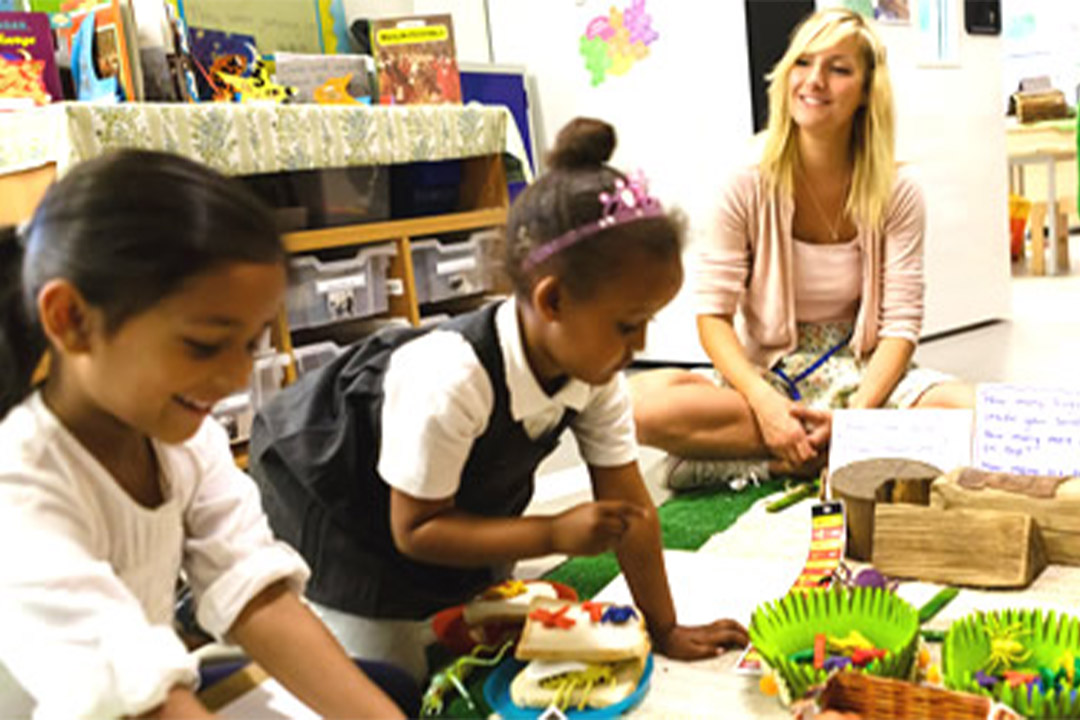
“Children are born ready, able and eager to learn. They actively reach out to interact with other people, and in the world around them. Development is not an automatic process, however. It depends on each unique child having opportunities to interact in positive relationships and enabling environments.”(i)
The first few years of a child’s life are especially important for mathematics development. Research shows that early mathematical knowledge predicts later reading ability and general education and social progress(ii). Conversely, children who start behind in mathematics tend to stay behind throughout their whole educational journey(iii).
The objective for those working in Early Years, then, is to ensure that all children develop firm mathematical foundations in a way that is engaging, and appropriate for their age. The materials in this section of the website are primarily designed to support Reception teachers (those working with 4-5 year olds), and are based on international research.
The materials are organised into key concepts (not individual objectives), which underpin many early mathematics curricula. The typical progression highlights the range of experiences (some of which may be appropriate for younger children) but the activities and opportunities could be developed across the Reception provision.
There are six key areas of early mathematics learning, which collectively provide a platform for everything children will encounter as they progress through their maths learning at primary school, and beyond.
The materials below were first published by the NCETM in 2018 and updated in 2019.
Six key areas of early mathematics learning
-
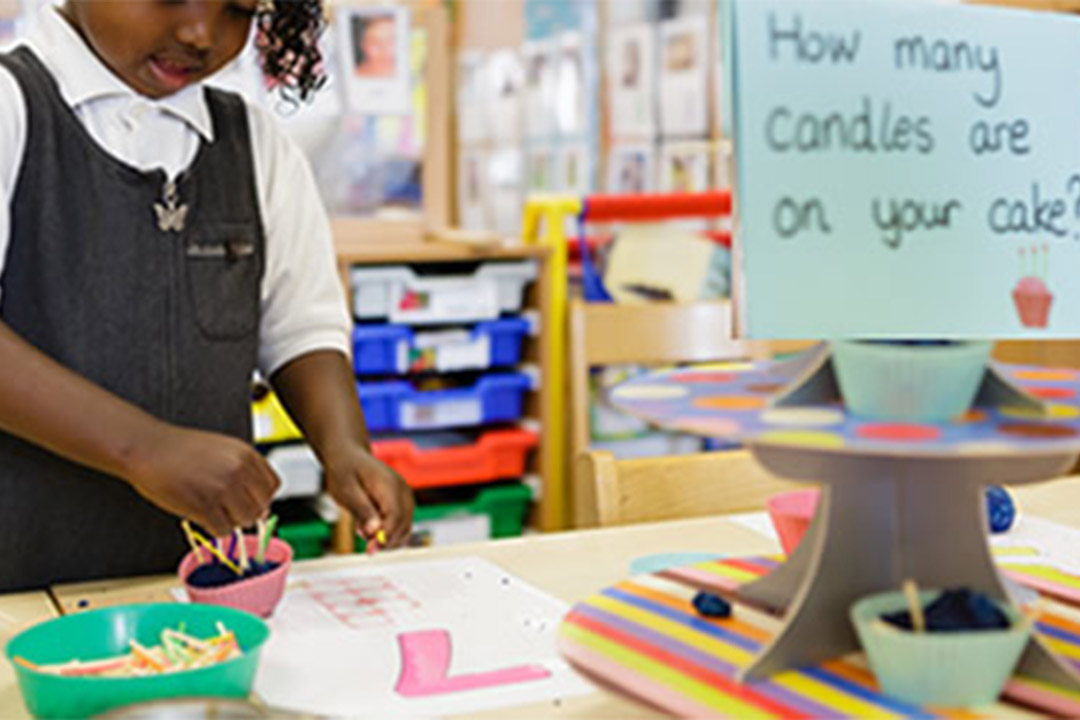
Cardinality and Counting
Understanding that the cardinal value of a number refers to the quantity, or ‘howmanyness’ of things it represents
-
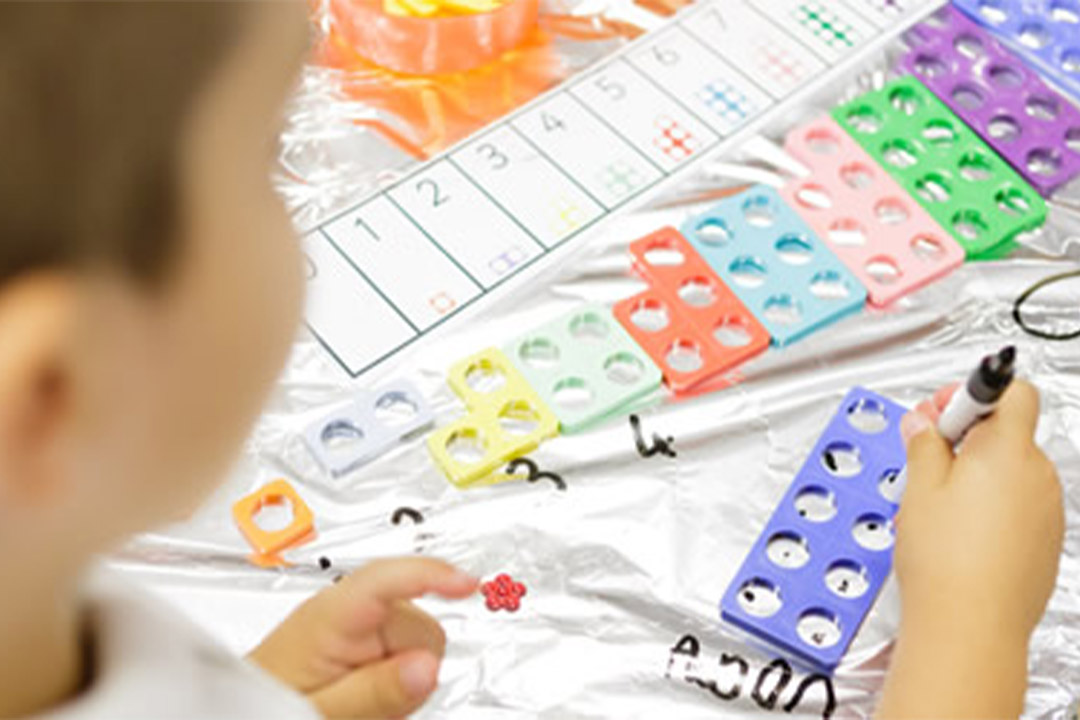
Comparison
Understanding that comparing numbers involves knowing which numbers are worth more or less than each other
-
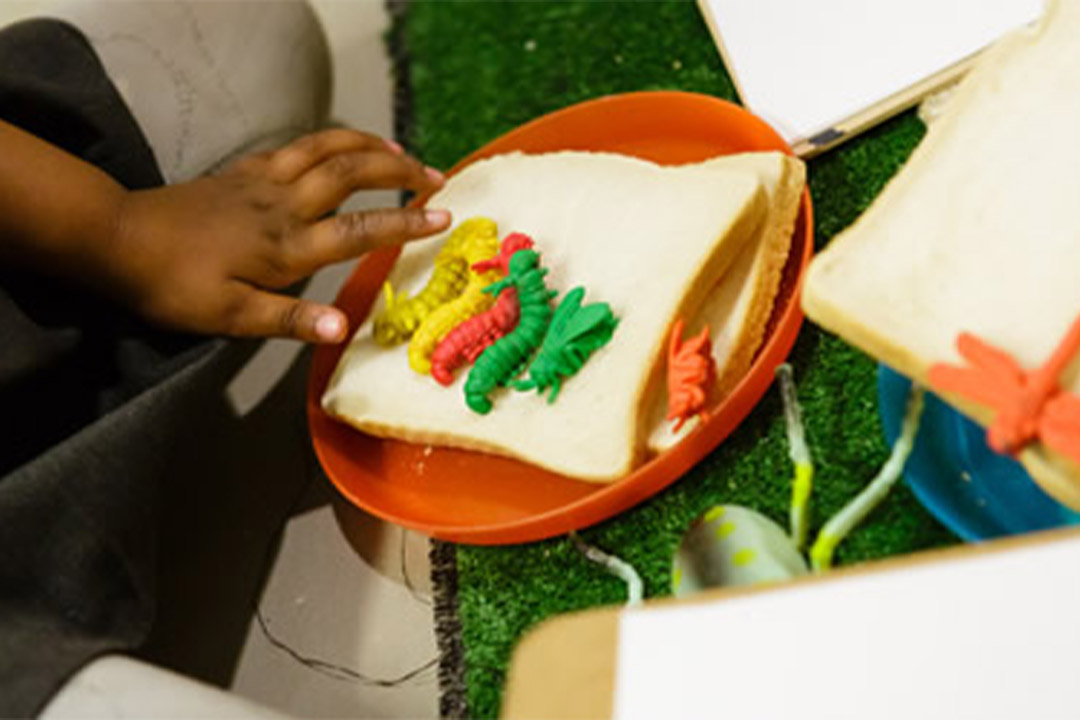
Composition
Understanding that one number can be made up from (composed from) two or more smaller numbers
-
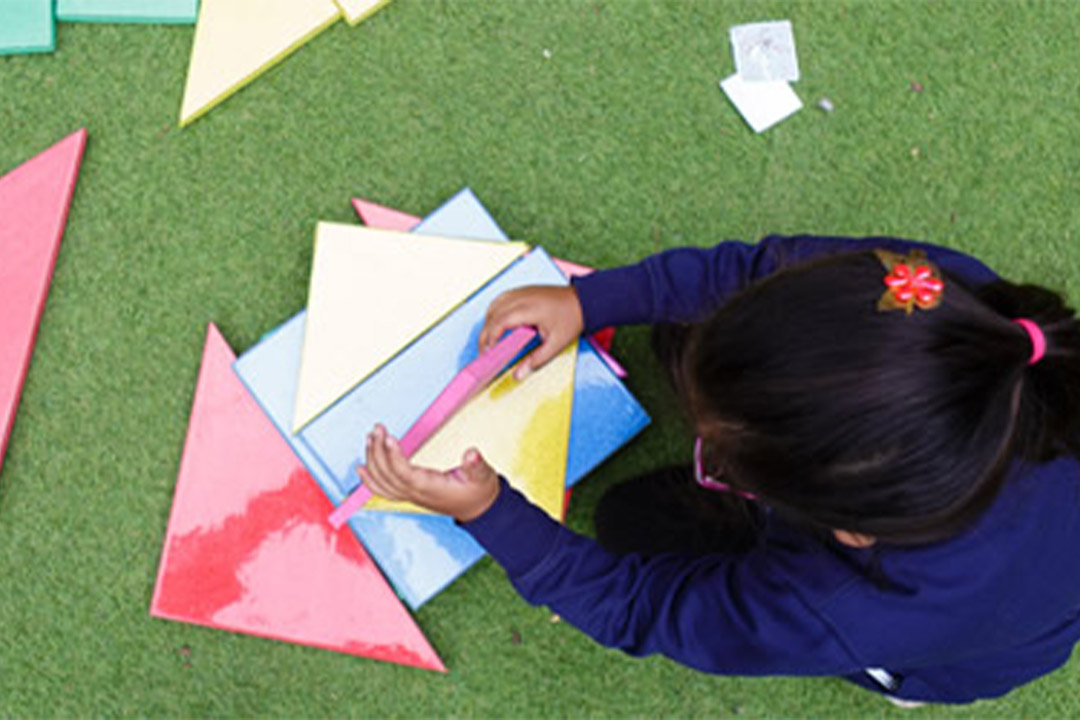
Pattern
Looking for and finding patterns helps children notice and understand mathematical relationships
-
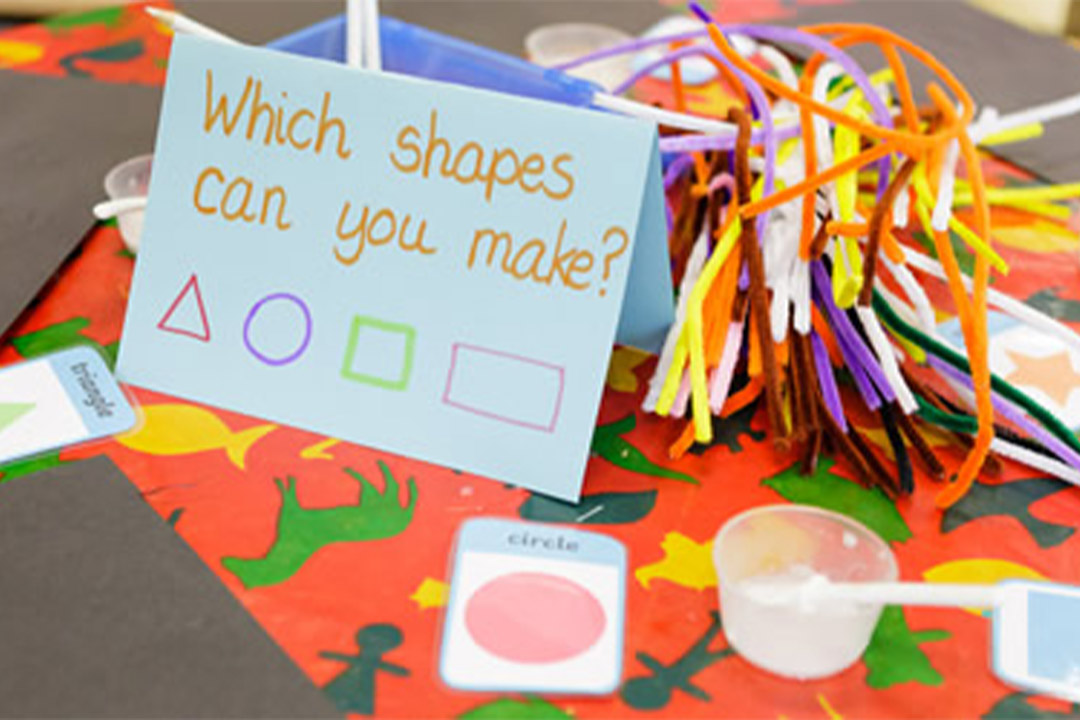
Shape and Space
Understanding what happens when shapes move, or combine with other shapes, helps develop wider mathematical thinking
-
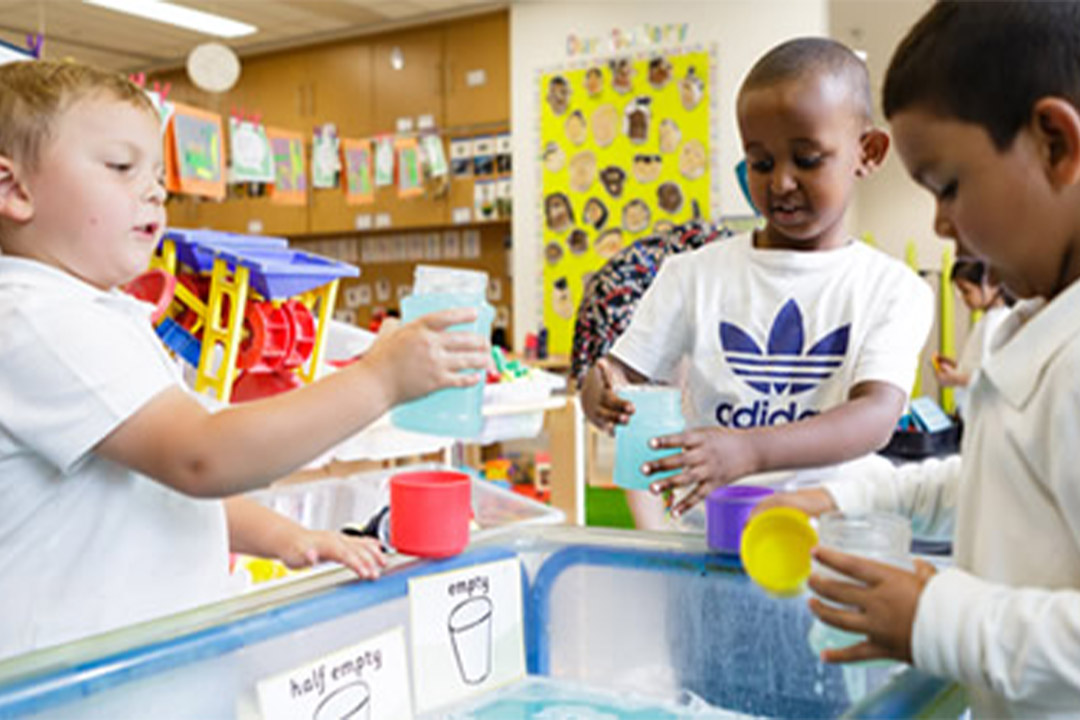
Measures
Comparing different aspects such as length, weight and volume, as a preliminary to using units to compare later
Special Early Years podcast episode
You can explore these six areas in further detail in a special Early Years episode of our podcast with Dr Sue Gifford and Viv Lloyd.
ListenNumberblocks
These areas form the fundamental mathematical basis of a CBeebies series of five-minute animated programmes called Numberblocks. The NCETM has provided support materials linked to the Numberblocks programmes. These are designed to help Early Years practitioners draw out and build on the maths embedded in the stories contained in each episode.
-
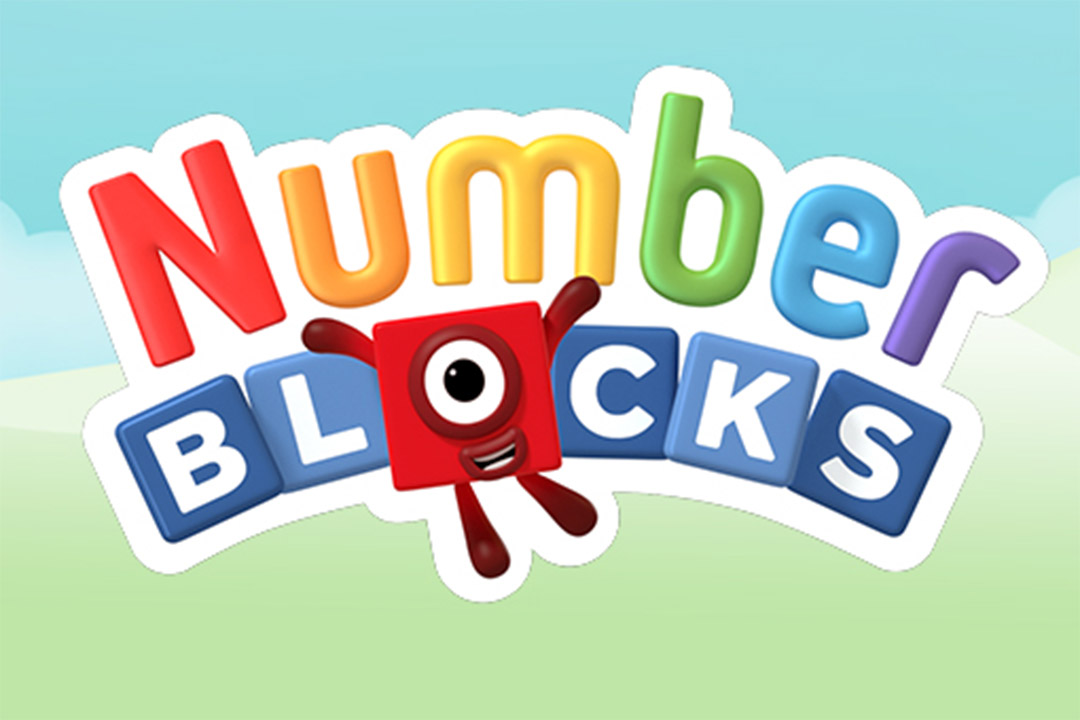
Numberblocks support materials
Materials to support Early Years and Year 1 teachers
-
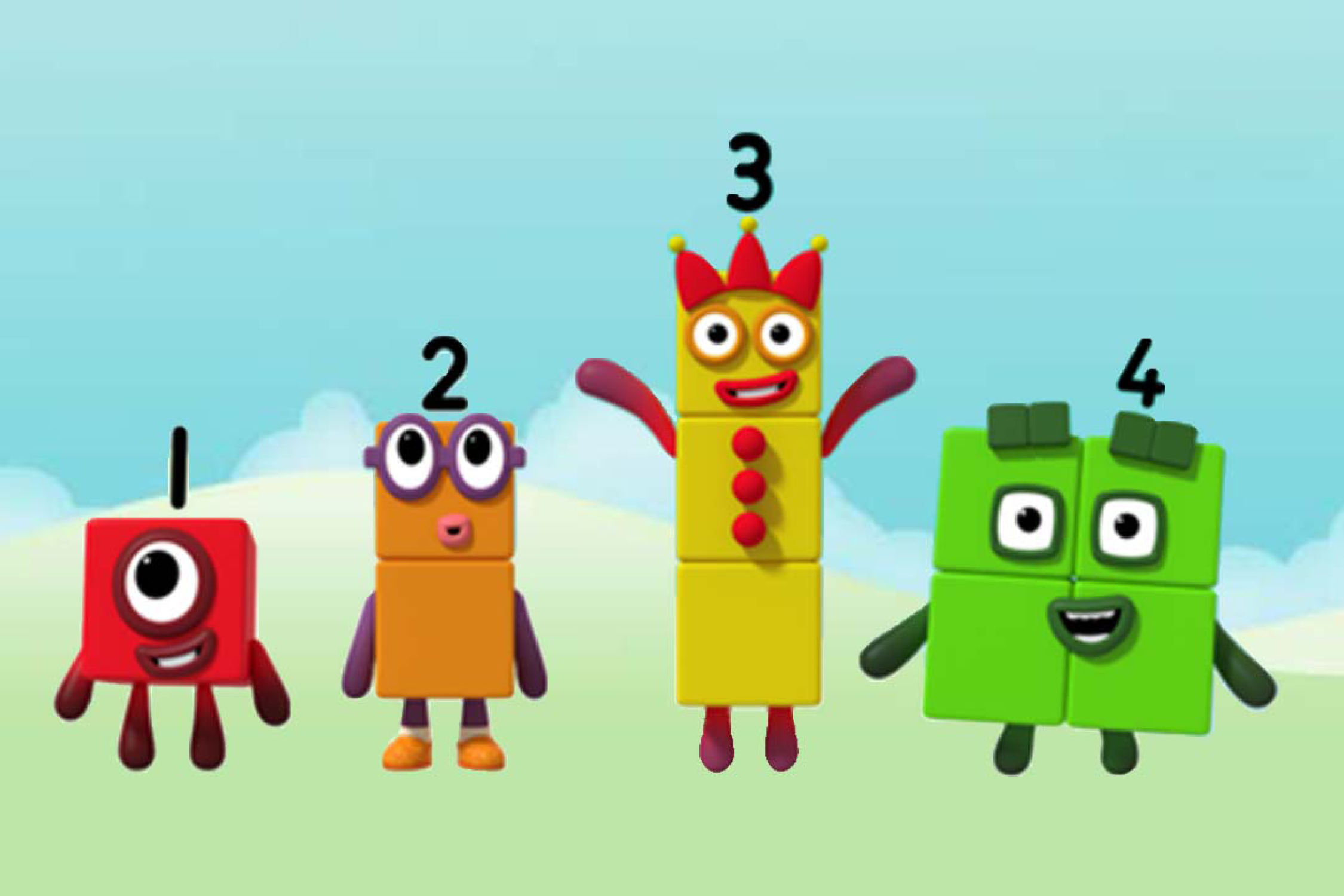
Numberblocks at home
Resources to accompany the CBeebies Numberblocks series, designed for parents to use at home with children
(i) Development Matters, 2012
(ii) Duncan et al, 2007
(iii) Aubrey, Godfrey, Dahl, 2006